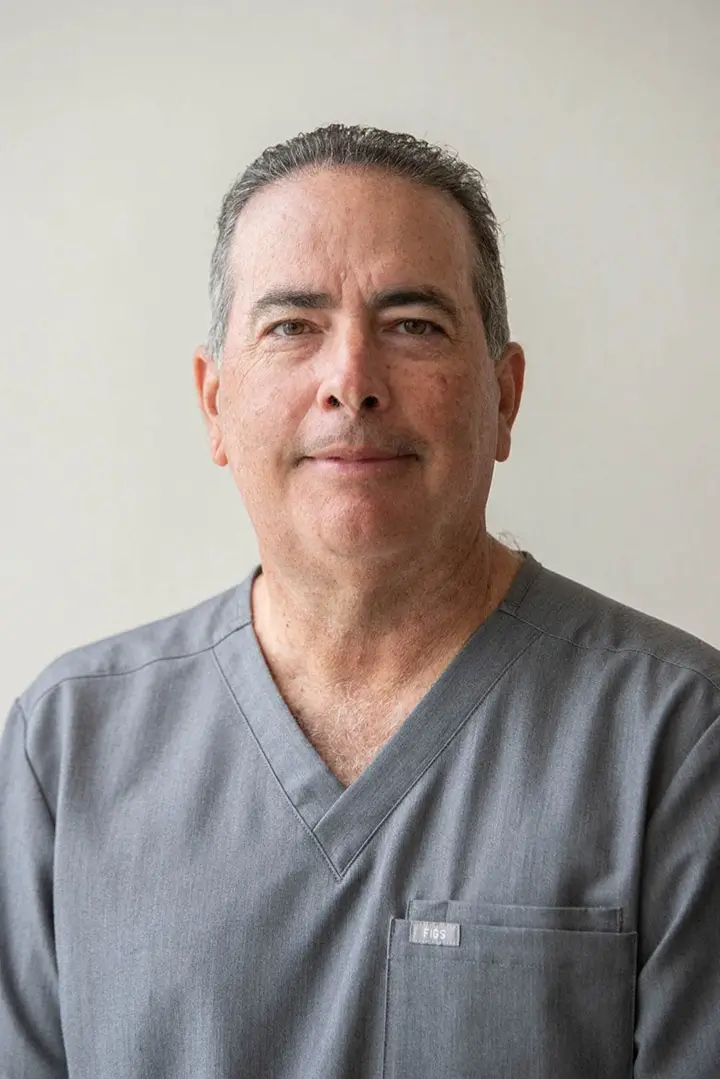By Lucy Johnston
Scientists in the UK and Australia have been implementing a new technique to benefit women who have had a mastectomy to remove cancerous cells. The technique involves placing a special plastic mould under the skin and then injecting the area with the patient’s own stem cells. The cells are cultured from adipose tissue that is removed from the patient by liposuction. The stem cells are removed from the fat tissue and grown to a larger number, then recombined with the fat and injected back into the body. Results generally take from six months to a year, over which the fat and stem cells grow slowly until new breast tissue is formed. Since the tissue is grown by the patients’ own body, the breasts look and feel natural and are much more comfortable than silicone implants.
The treatment was discovered by observing the way the body reacts to wounds. “Nature doesn’t like a vacuum,” said Professor Wayne Morrison of Melbourne University, who has performed the procedure himself, “so the chamber itself, because it is empty, tends to be filled in by the fat. We observed this and decided it could be used to help treat women who’d lost their breasts to cancer. Fat cells can grow to fill a void in the same way that the body repairs tissue damage. Our research shows fat continued to grow until it had filled the area where there had once been a natural breast. We attach the area to a blood supply from the chest or under the arm which helps the fat grow. The mould used by surgeons helps create a breast shape in which the fat forms.”
The current treatment for mastectomy patients involves taking tissue from the buttock to form a new breast. The results of this treatment are variable, however, and the implementation of the use of stem cells will hopefully improve the outlooks for women. The treatment could also have potential for cosmetic surgeries as well, possibly replacing saline or silicone implants, which have been associated with various side effects.
Professor Morrison said: “We hope the technology will have a significant impact around the world. There are a lot of women who don’t have reconstructive surgery for whatever reason or have silicone breast implants but this will give them their own tissue back.”
The patients that have been treated so far have had very impressive results, according to Professor Kefah Mokbel, consultant breast surgeon at St. George’s Hospital, London. The plastic scaffolding used as a mould must be removed surgically, however the procedure is minimally invasive. Researchers hope to develop a biodegradable scaffold which will dissolve once the implant has grown. The treatment is also not used on women who have been cancer free for less than a year, in order to prevent the stem cells from causing further tumor growth.

